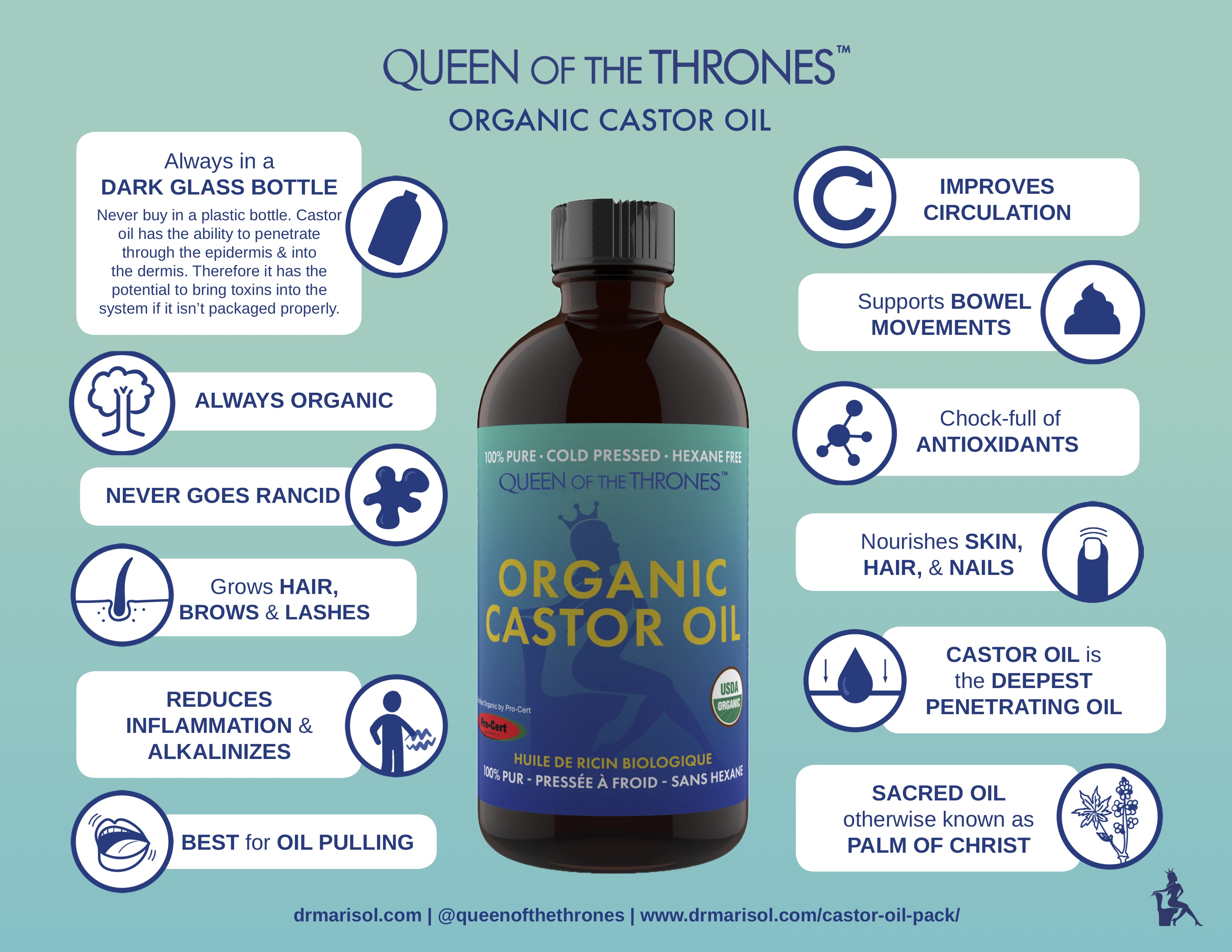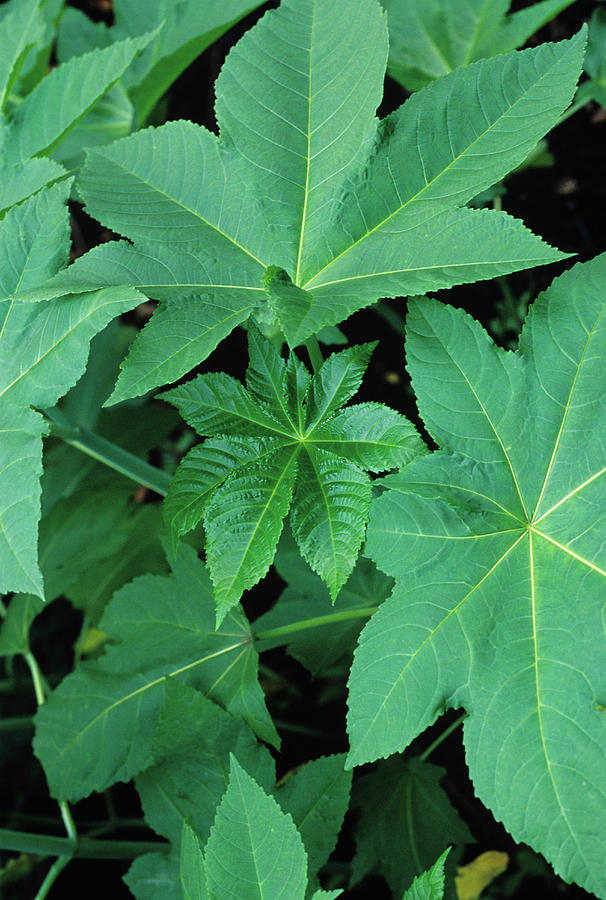Castor Presentation
| Title: Introduction to Castor | ||
|---|---|---|
| Castor is a versatile plant that belongs to the flowering spurge family, Euphorbiaceae. It is native to the Mediterranean Basin, Eastern Africa, and India. The scientific name for castor is Ricinus communis. | ||
| 1 | ||
| Title: Uses of Castor | ||
|---|---|---|
| Castor oil, extracted from the seeds of the plant, has numerous industrial and medicinal applications. It is widely used as a renewable source for biofuel production. Castor oil is also used in the manufacturing of soaps, lubricants, paints, varnishes, and cosmetics. | ||
| 2 | ||
| Title: Medicinal Properties | ||
|---|---|---|
| Castor oil has been traditionally used for its laxative properties. It is also known for its anti-inflammatory and analgesic effects. Castor oil packs are often used to relieve pain, reduce inflammation, and promote healing. | ||
| 3 | ||
| Title: Castor Plant Characteristics | ||
|---|---|---|
| The castor plant is a large, fast-growing shrub with thick, palmate leaves. It can reach a height of up to 12 feet (3.6 meters) and has a lifespan of 2-3 years. The plant produces clusters of small, greenish-yellow flowers that later develop into spiky, round seed capsules. | ||
| 4 | ||
| Title: Environmental Impact | ||
|---|---|---|
| Castor plants have a low water requirement and can grow in diverse soil conditions. They play a role in soil conservation and erosion prevention. Castor plants also act as a carbon sink, absorbing atmospheric carbon dioxide during photosynthesis. Note: Please remember to adjust the content and format of the presentation as needed to fit your specific needs and preferences. |  | |
| 5 | ||



